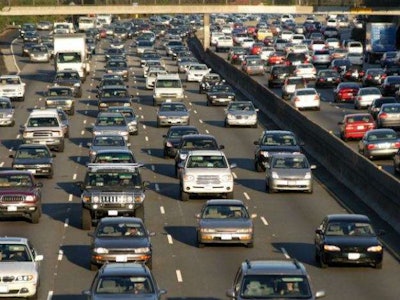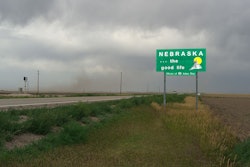
“We have an infrastructure system that is fundamental to the nation’s economic health, and it needs greater attention and resources,” says Transportation Secretary Anthony Foxx. “Improving our nation’s roads, bridges, and transit helps create jobs, connects communities and ensures that our nation is equipped for the future.”
The report, “2015 Status of the Nation’s Highways, Bridges and Transit: Conditions and Performance,” is published biennially for Congress and includes details on the “physical and operating characteristics of the highway, bridge and transit components” of the U.S. surface transportation system.
The $836 billion backlog published in the report is roughly 3.4 percent more than the estimate in the last report. “Addressing the growing backlog—while still meeting other needs as they arise over the next two decades—will require $142.5 billion in combined transportation spending from state, federal and local governments,” USDOT reports.
By comparison, in 2012 governments at these levels spent a combined $105.2 billion, which is estimated at 35.5 percent less than what is considered necessary.
“The case for more investment in our nation’s transportation system is clear,” says Federal Highway Administrator Gregory Nadeau. “A strong transportation system will make businesses more productive and freight shippers safer and more efficient while improving America’s quality of life.”
Both transit rail and bus systems need roughly $26.4 billion per year to improve conditions, the report finds. In 2012, total spending only reached $17 billion. “If transit investment is sustained at those levels, overall transit system conditions are expected to decline over the next 20 years, and increasing the transit system preservation backlog from an estimated $89.8 billion to $122 billion,” USDOT reports.
The report also found a mixed bag of positive and negative statics, indicating that between 2002 and 2012:
- The percentage of structurally deficient bridges decreased from 14.2 percent to 11 percent.
- Road quality improved, with the share of travel taking place on smooth pavement increasing from 43.8 percent to 44.9 percent.
- Delays in traffic cost the average commuter more time than ever, with an estimated 41 hours of delay per year in 2012, up from 39 hours in 2002.
- Transit route miles increased by 32 percent, with light rail growing faster than any other transit mode.









